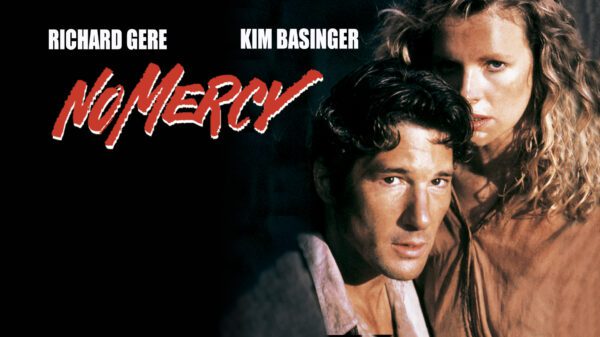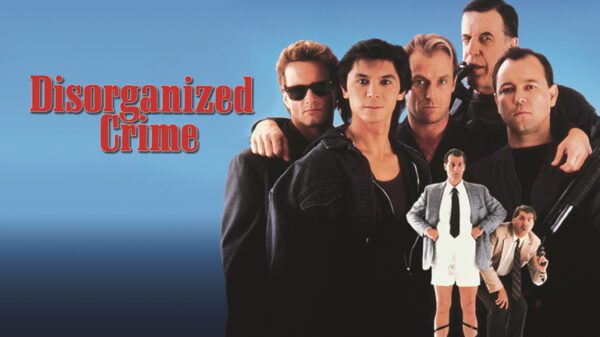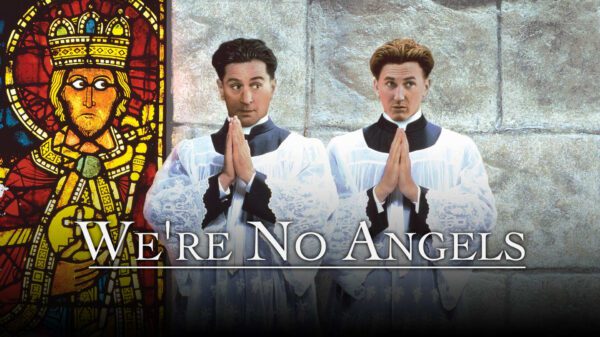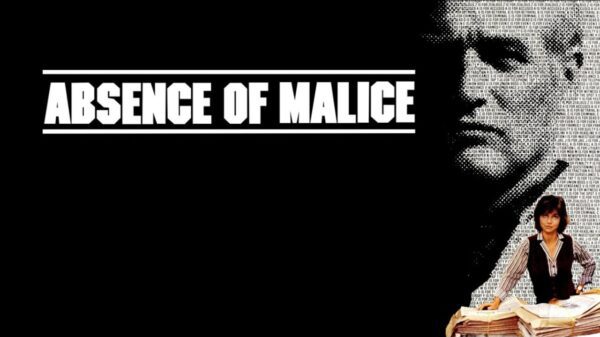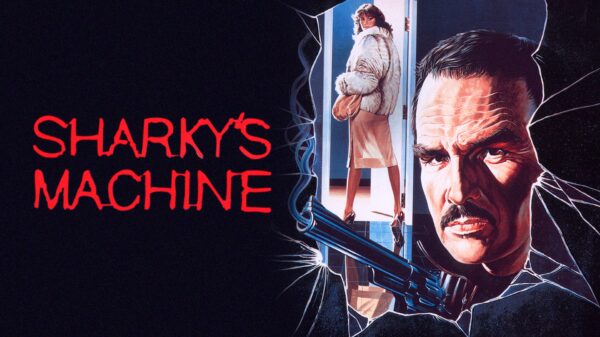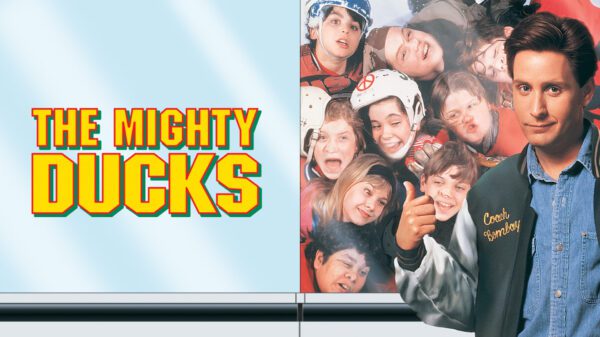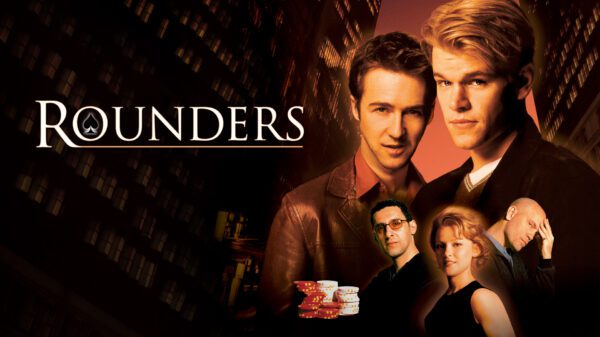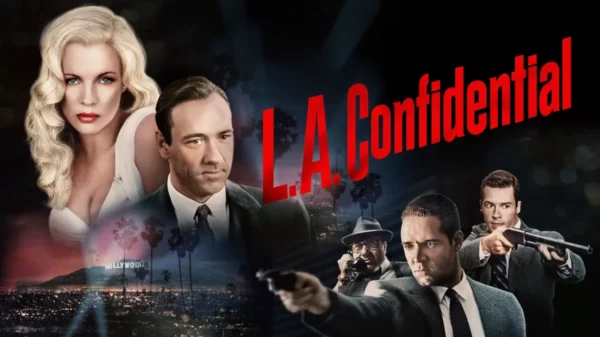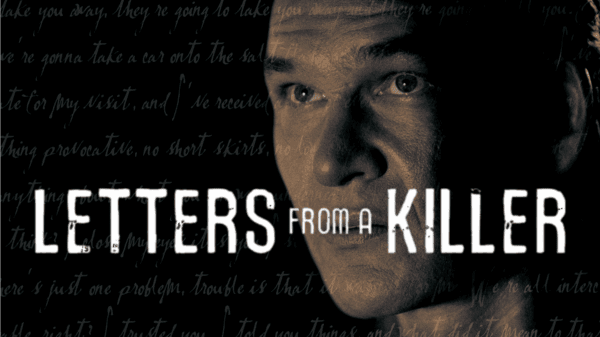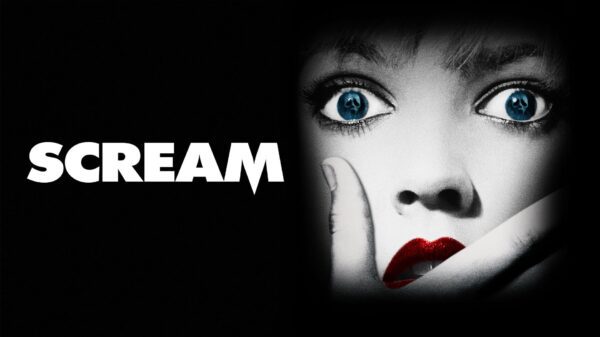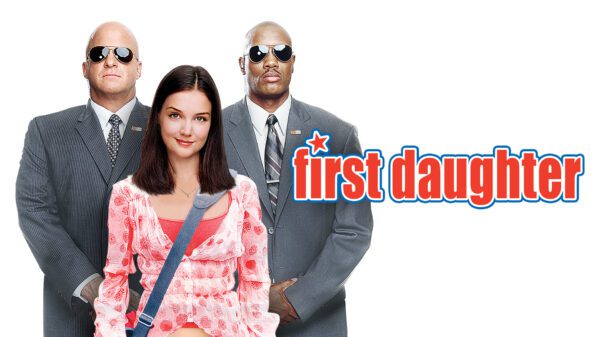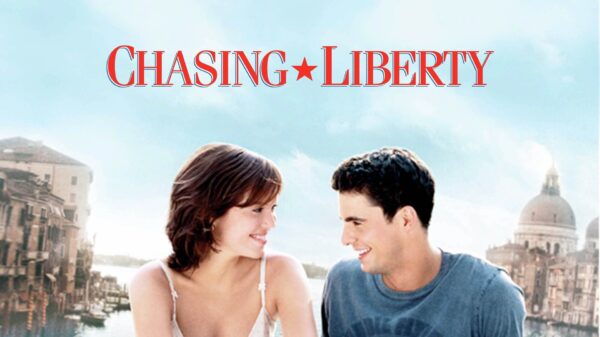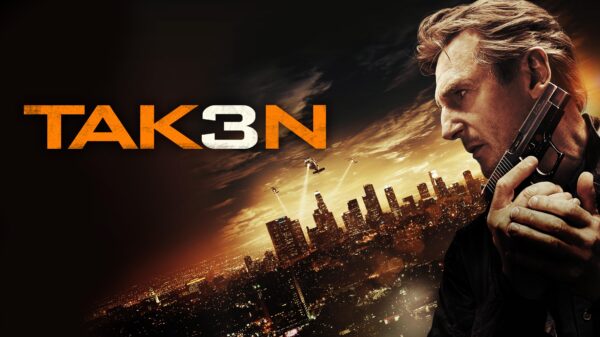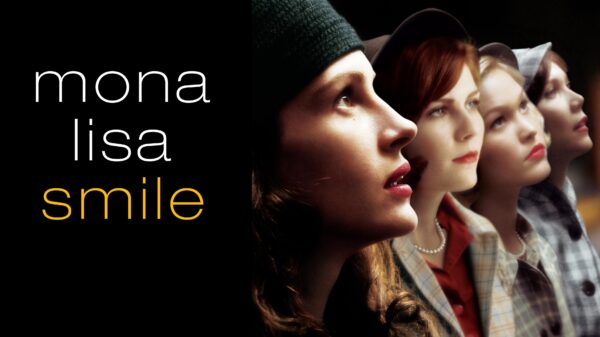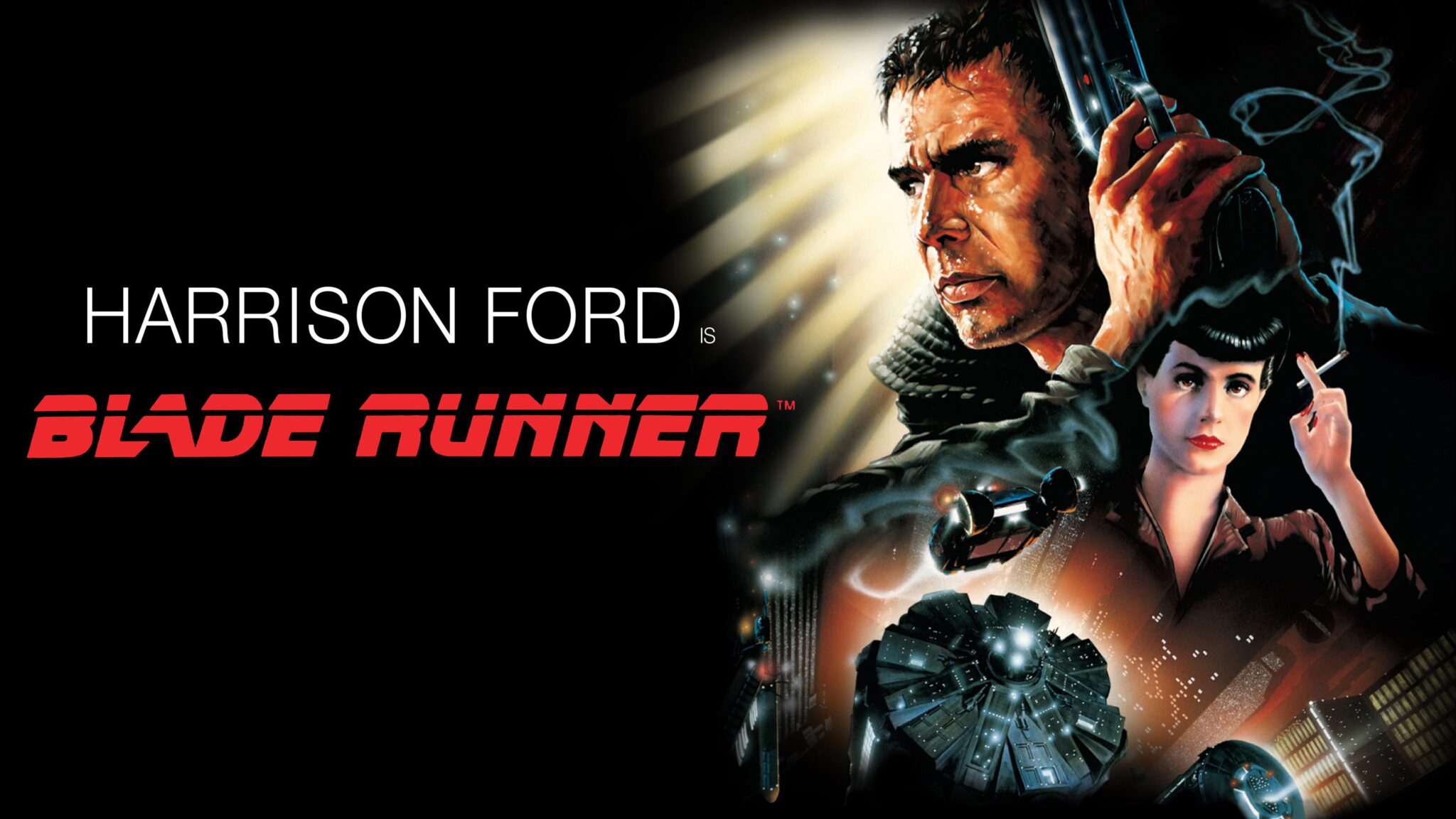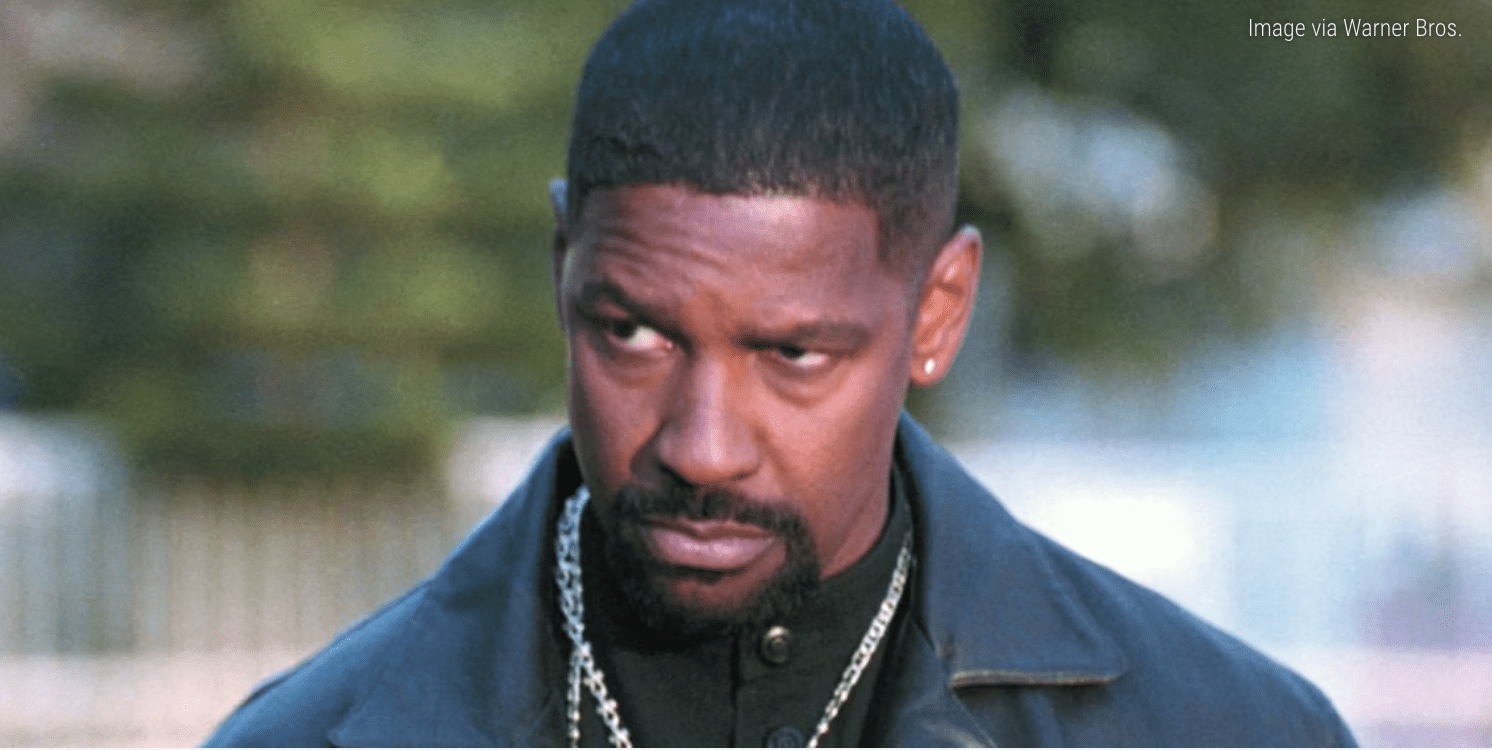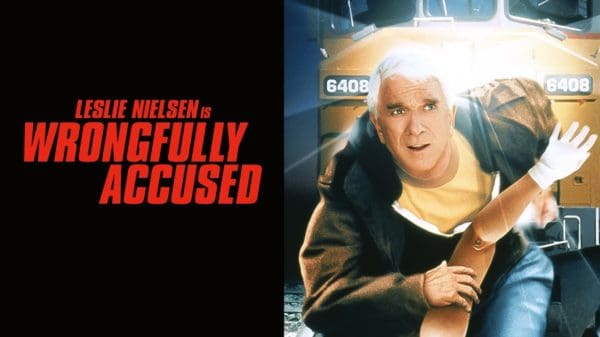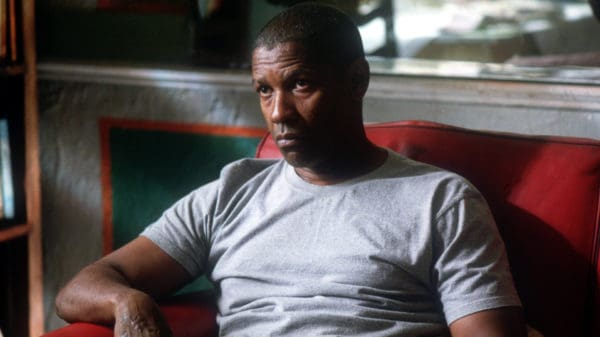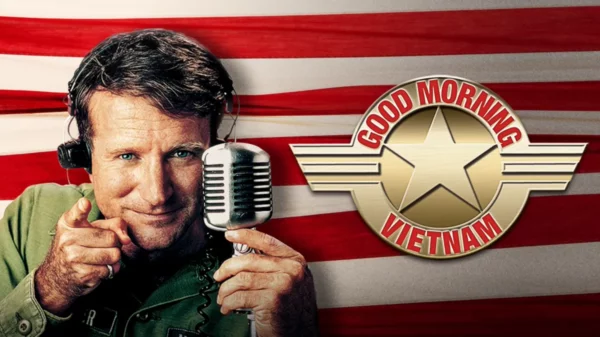Ridley Scott‘s science fiction masterpiece Blade Runner, released in theaters on June 25, 1982, is a visually stunning, intellectually profound, and atmospherically rich film that has redefined the genre and continues to captivate audiences with its existential questions and iconic design. The movie is a haunting and unforgettable journey into a dystopian future that blurs the lines between humanity and artificial intelligence.
The story is set in a perpetually dark and rain-soaked Los Angeles in 2019, where genetically engineered humanoids known as “Replicants” are virtually indistinguishable from humans but are illegal on Earth. When a dangerous group of advanced Replicants, led by the enigmatic Roy Batty (Rutger Hauer), escapes from an off-world colony and returns to Earth, a specialized police unit called “Blade Runners” is tasked with “retiring” them.
Rick Deckard (Harrison Ford), a former Blade Runner, is reluctantly pulled back into service to hunt down these powerful and desperate fugitives. As he navigates the neon-drenched, overcrowded city and encounters the mysterious Rachael (Sean Young), a unique Replicant, Deckard is forced to confront profound questions about life, memory, and what it truly means to be human.
Ford delivers a deeply nuanced and world-weary performance as Deckard, perfectly embodying the noir detective archetype forced to confront his own morality.
Hauer’s portrayal of Roy Batty is nothing short of iconic; his chilling yet poetic performance, culminating in the legendary “Tears in Rain” monologue, gives the film its profound emotional core.
Young is captivating as Rachael, bringing an ethereal beauty and tragic vulnerability to her character as she grapples with her identity.
Daryl Hannah is memorably agile and unsettling as the acrobatic Pris. M. Emmet Walsh, Brion James, and Edward James Olmos all contribute to the film’s rich tapestry of characters, enhancing its gritty, lived-in feel.
Scott’s direction is visionary, creating a fully realized, immersive future world that is both breathtakingly beautiful and unsettlingly bleak. The production design, cinematography, and special effects were revolutionary for their time and continue to influence countless films. The film’s atmosphere is thick with neo-noir sensibilities, utilizing shadow, rain, and neon light to create a unique and unforgettable visual language. Vangelis’s iconic, ethereal synth score perfectly complements the film’s melancholic and futuristic tone.
The screenplay by Hampton Fancher and David Peoples, based on Philip K. Dick’s novel Do Androids Dream of Electric Sheep? is dense with philosophical themes, exploring humanity, empathy, and the nature of existence, prompting viewers to ponder its questions long after the credits roll.
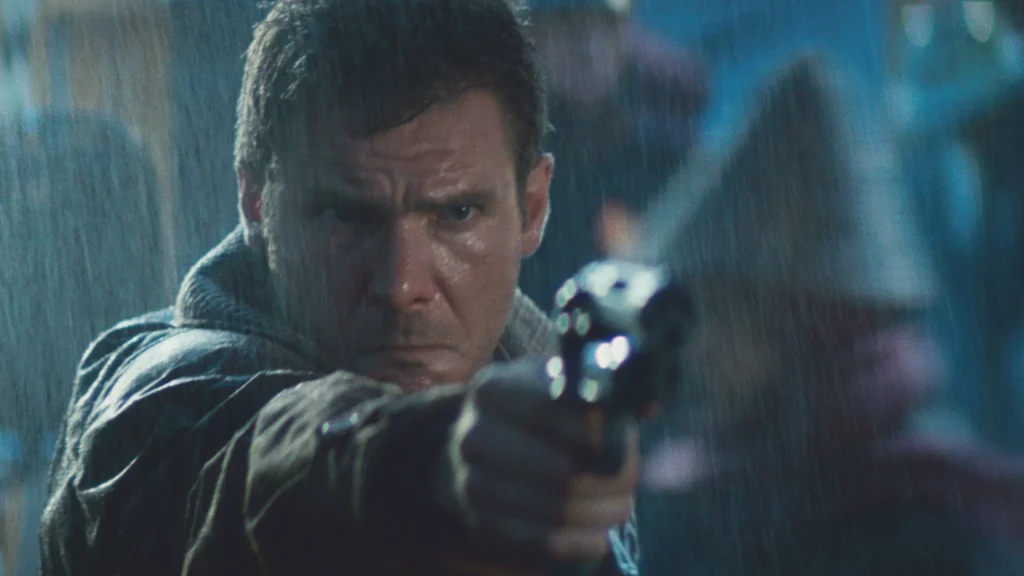
Harrison Ford in Blade Runner (Photo/Warner Bros.)
Reception for Blade Runner
Blade Runner grossed $6.2 million on its opening weekend, finishing second behind E.T. The Extra Terrestrial, which grossed $13.7 million on its third weekend of release.
The film would gross $41.8 million in its theatrical run.
Lasting Legacy
Blade Runner is more than just a sci-fi film; it’s a timeless work of art that stands as a landmark in cinematic history. It’s a testament to its stunning visuals, haunting atmosphere, and the unforgettable performances that bring its complex themes to life. Blade Runner is an essential and endlessly rewatchable masterpiece of speculative fiction and profound human drama.

